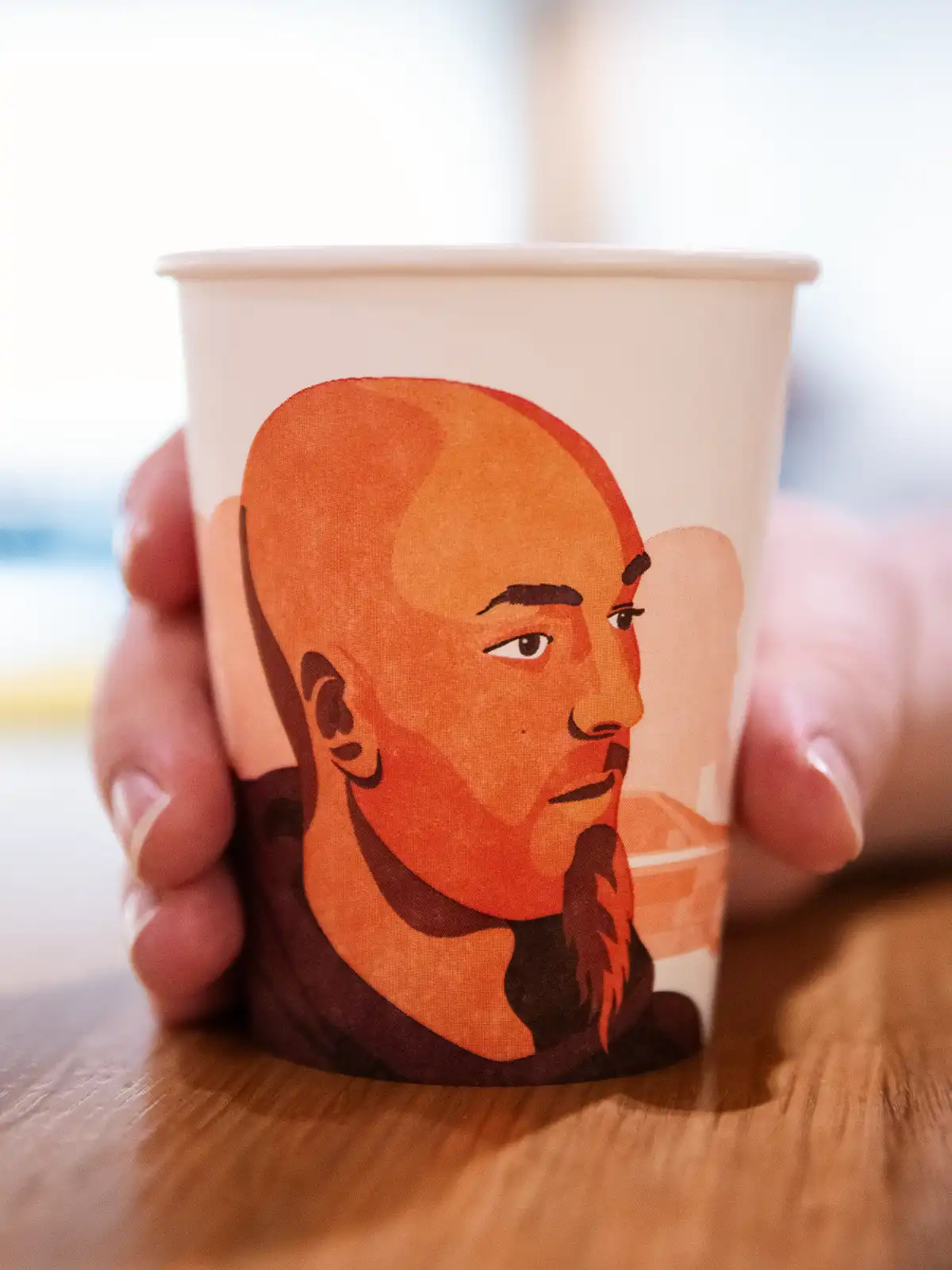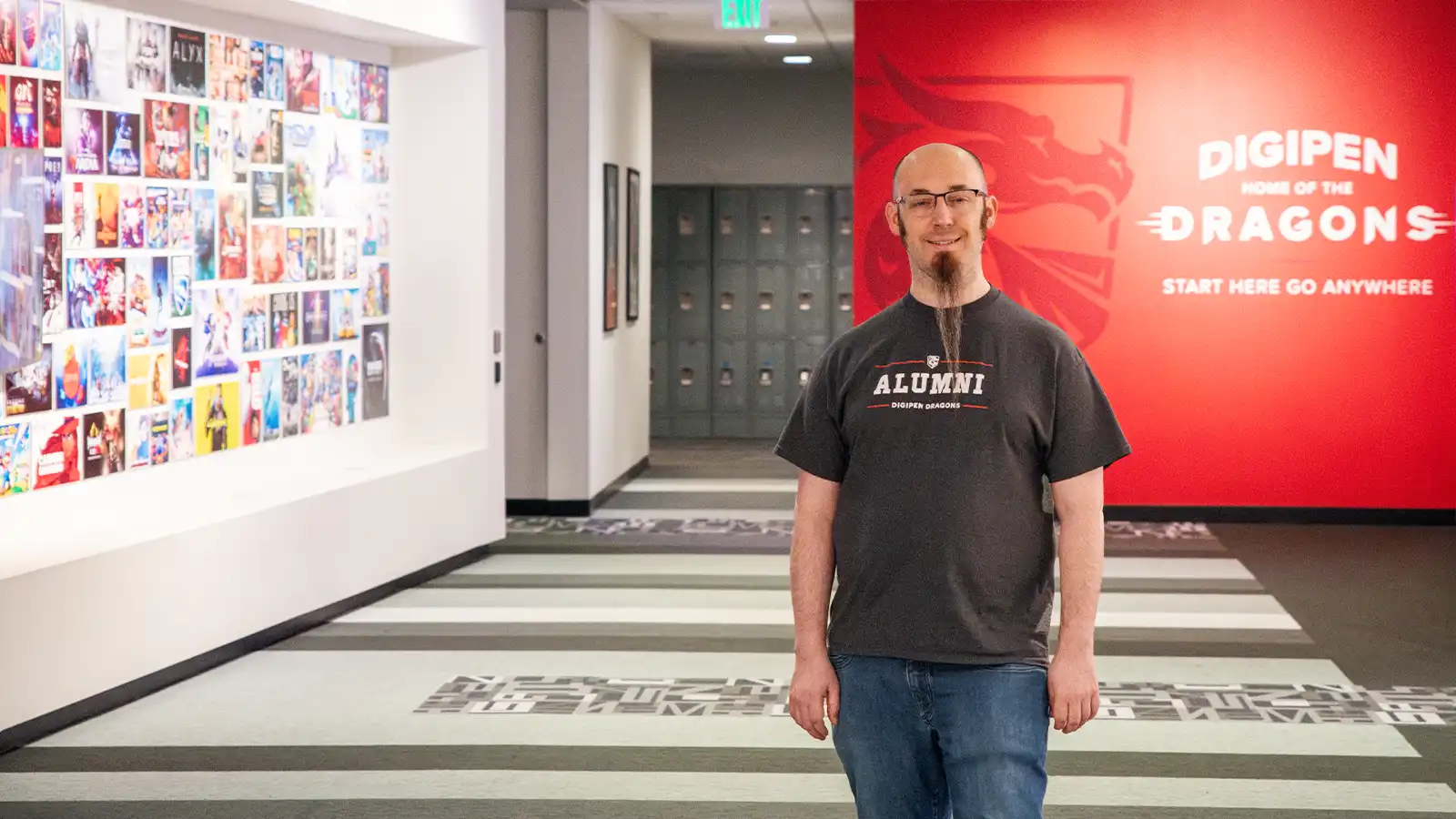Article updated on July 8, 2025.
Advancements in accessible game design have come a long way over the past several years, but getting studios and publishers to embrace these important features has not always been easy. In a GDC presentation from 2016, the cost of including accessibility features was theorized using the massively successful Grand Theft Auto V as an example. According to the talk, the Rockstar-developed game cost a whopping $256 million, but the rough estimate to bring full accessibility to a totally blind player increased development costs by $128 million — a staggering 50% increase.
In the decade since this claim was made, doubt has been cast on the accuracy of these stats. Today, triple-A games with significant accessibility features are not uncommon, and games like Forza Motorsport and its award-winning Blind Driving Assists features are continuing to change the narrative. Still, the idea that increased development costs are not worth the benefits they provide continues to be a pervasive one in the game industry. For DigiPen graduate Pat O’Leary, this is a sentiment he pushes back against.
“I want to show that from the hard data generated by tracking the cost of development time, you can see how relatively simple some of these features are and how manageable the estimates can be,” says O’Leary. The notion that accessibility was an expensive endeavor was particularly strong in 2016, around the same time O’Leary participated in his first annual Microsoft Hackathon.
The premise of the Hackathon is simple — Microsoft employees of any background or field are welcome to join the multi-day event to collaborate with coworkers and work on innovative projects of personal interest. At the time, O’Leary had already completed his BS in Computer Science in Real-Time Interactive Simulation degree at DigiPen and was a software engineer working on Minecraft. His team in the Hackathon used Minecraft source code to tinker with features aimed to better the experience for blind and visually impaired players. A variety of inclusive projects, all of varying sizes, took shape that week, and some of those exploratory accessibility options began trickling into the official game — with more still being added today.

“One of the first accessibility features I was able to implement in Minecraft came shortly after the Hackathon, and it felt right to be able to use some of that architecture in new and inclusive features,” says O’Leary. Multiplayer sessions allow text communication between players, and a text-to-speech audio feature was something he identified as both cost-effective and greatly beneficial for those with visual limitations. The version made for the Hackathon was designed for the PC in mind, but the Bedrock Edition of Minecraft serves all platforms of play and required more complexity to function properly. In the end, the newly introduced text-to-speech feature proved useful for the community.
“Seeing this accessibility feature go live really felt like the culmination of the goals we worked towards in the Hackathon,” says O’Leary. “It felt like a great first start, and the potential for more was definitely there, even if the priorities for these sorts of features were not quite as high.”
Today, O’Leary continues to be a strong supporter of accessibility in games, and his own diagnosis of Tourette Syndrome has helped inform how he sees the world and how we play games. “My own accessibility journey started when I recognized my own needs,” says O’Leary. Initial symptoms of the neurodevelopmental disorder emerged during his time at DigiPen, and the experience became foundational to his perspective on inclusive design.
“Although I didn’t have a full diagnosis at that time, I was able to come to an understanding of barriers that were not just physical, but also social,” says O’Leary. “Being around the type of instruction at DigiPen encouraged me to think of the way people other than just myself would interact and helped me better understand empathy for accessibility and the barriers that other people face.”

Yearly game projects are a foundational element of DigiPen’s degree programs. Students form game teams and collaborate closely on projects, working together with members of various backgrounds — each with their own work habits and unique challenges. For many, the ability to work and communicate effectively with others, as well as resolve conflicts within the team, is just as important as the technical skills taught in the classroom. “Assuming a monoculture in your teams at DigiPen can set you up for failure,” says O’Leary. “If you’re assuming everybody thinks and acts the same way, then you’re missing out on a lot. The human-to-human problem solving aspect required us to think about people who aren’t us.”
It was one of DigiPen’s Company Days with Microsoft where O’Leary secured a summer internship just before his senior year. By December, he was brought on as a full-time software developer to help create Facebook games running on Microsoft Silverlight, an application framework used during the early 2010s. He first worked on Toy Soldiers: Match Defense, but it wasn’t until Chuck’s Ducks 2, a tie-in web game for the Xbox 360 title Crackdown 2, that his penchant for inclusive design made a greater impact.
“It was a color matching game where you select groups of like-colored balloons to pop them,” says O’Leary. “And that was the first time I made sure to let people know that these colors might not necessarily be differentiable for people with colorblindness. I was trying to think about barriers before issues were raised.” Although he didn’t have a solution at hand, his feedback made its way back to the design team, who then developed duck icons unique to each color that were placed within each balloon.
After remaining at Microsoft to work on Minecraft and other projects, O’Leary left in 2022 to join Maxis Studios, the creator of The Sims series. His keen eye for inclusive design has remained a core principle of his work ethic, and his voice in the accessibility community has even brought opportunities to bring his insights to a wider audience.
Last October, O’Leary was invited to speak at the Game Accessibility Conference (GAconf) in Redmond. Among presentation topics like accessibility in live-service games and modifying the original DOOM to be blind accessible, O’Leary had the opportunity to chat about Tourette Syndrome and how it impacts those in both the gaming and game development communities.
At the conference, O’Leary ran into a former Microsoft intern who was part of his original Hackathon team. Her passion for the accessibility features they both helped develop stayed with her as she went on to work full-time on Minecraft. This gratifying interaction helped solidify his belief that although there can be monetary costs that come with inclusive design, the inspiration it permeates and the human benefit it provides is worth the effort.
